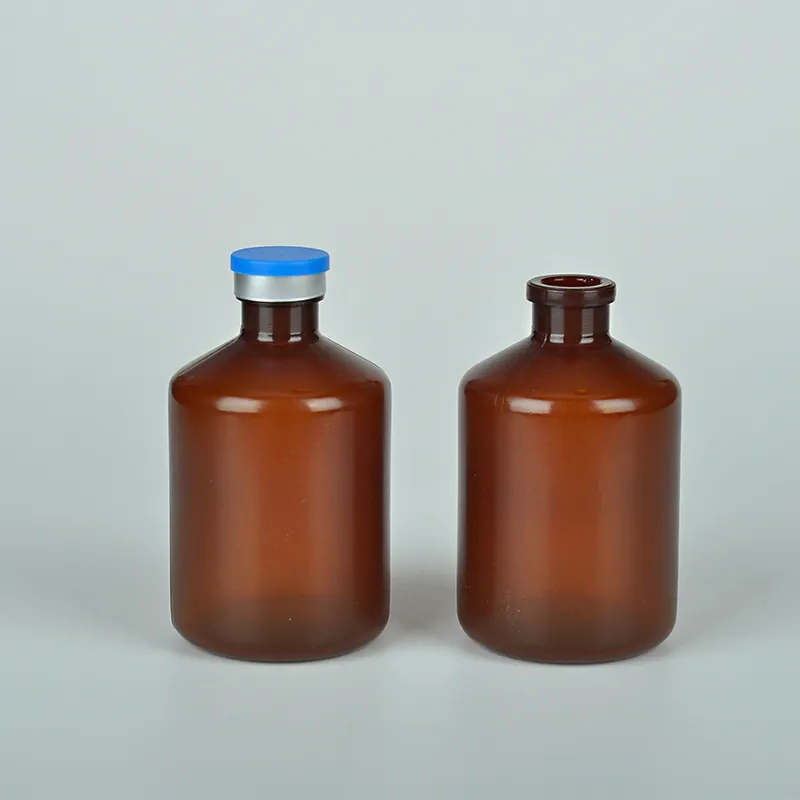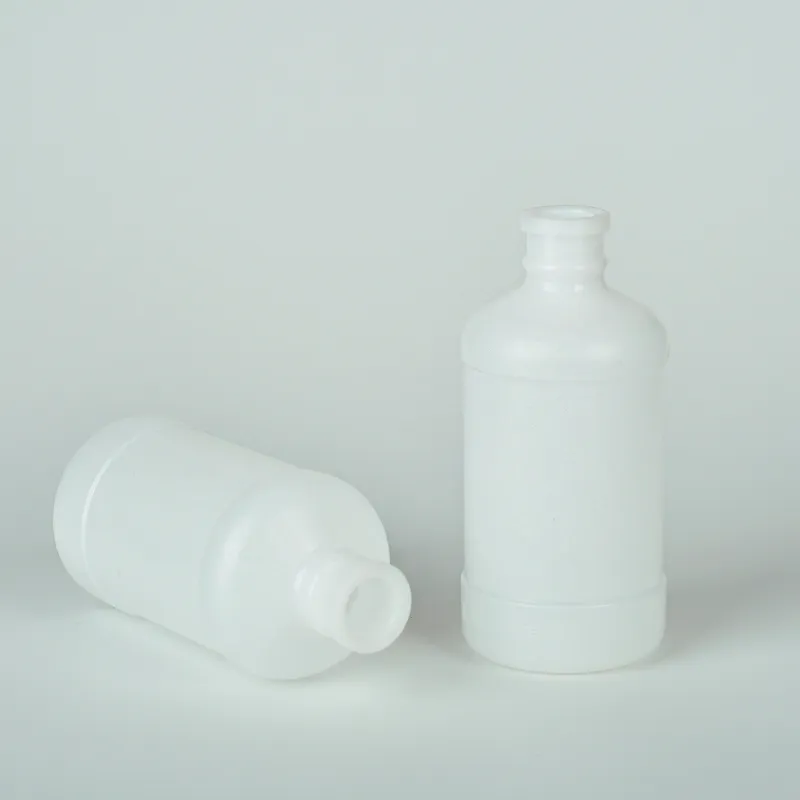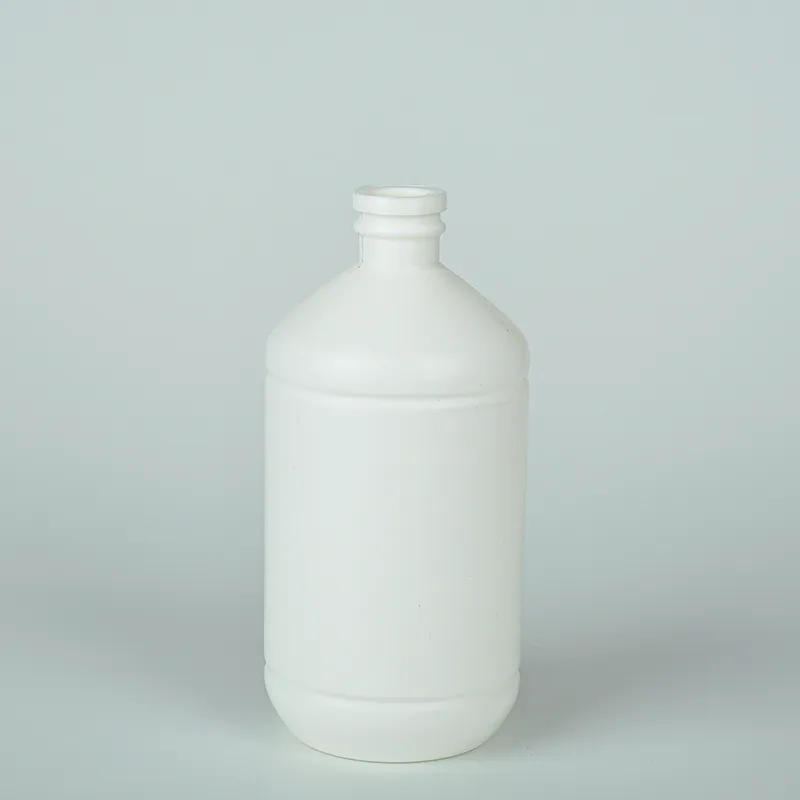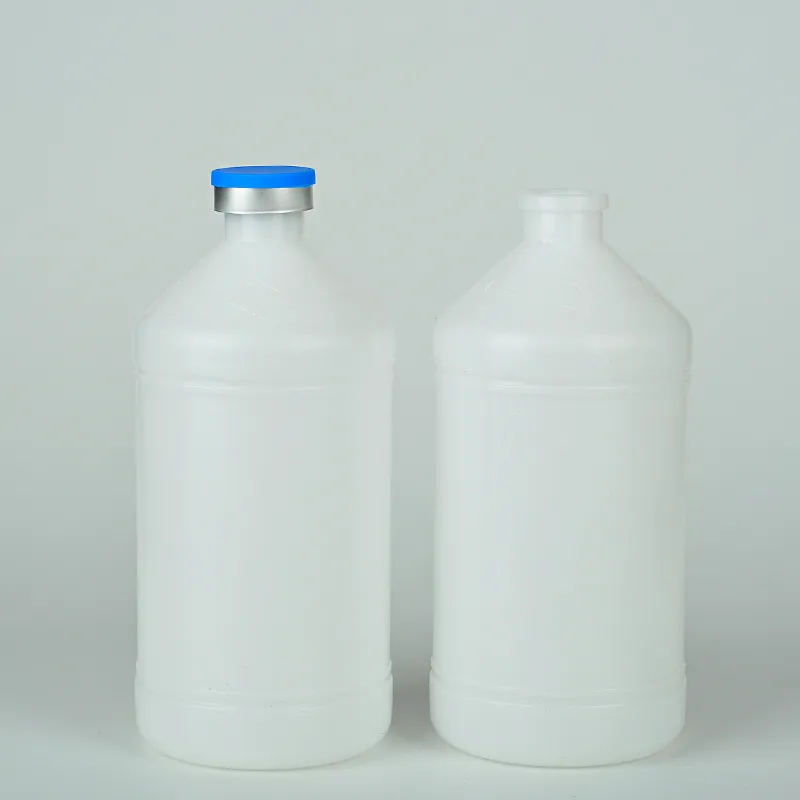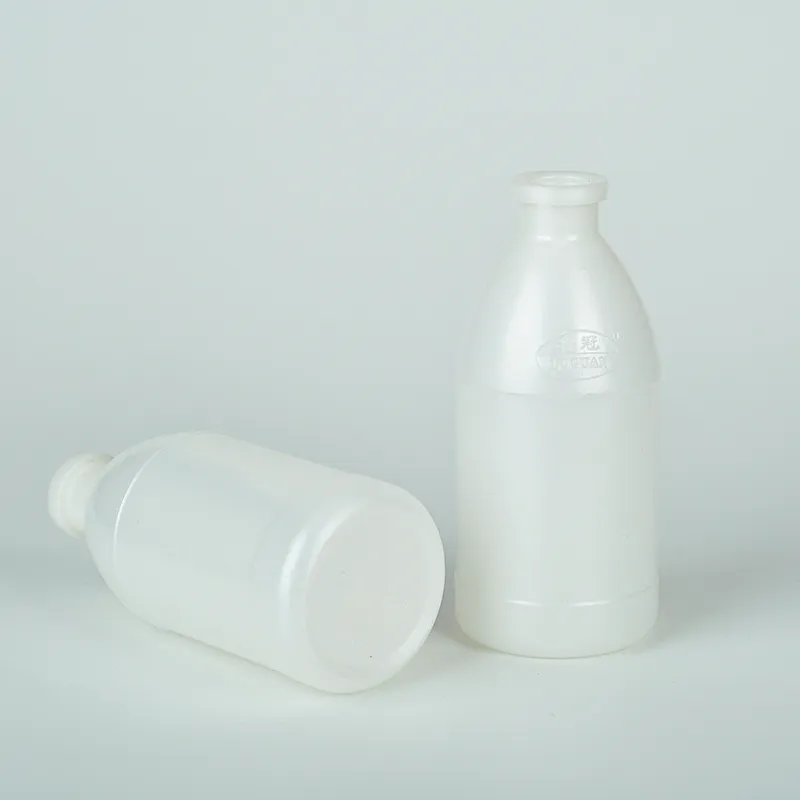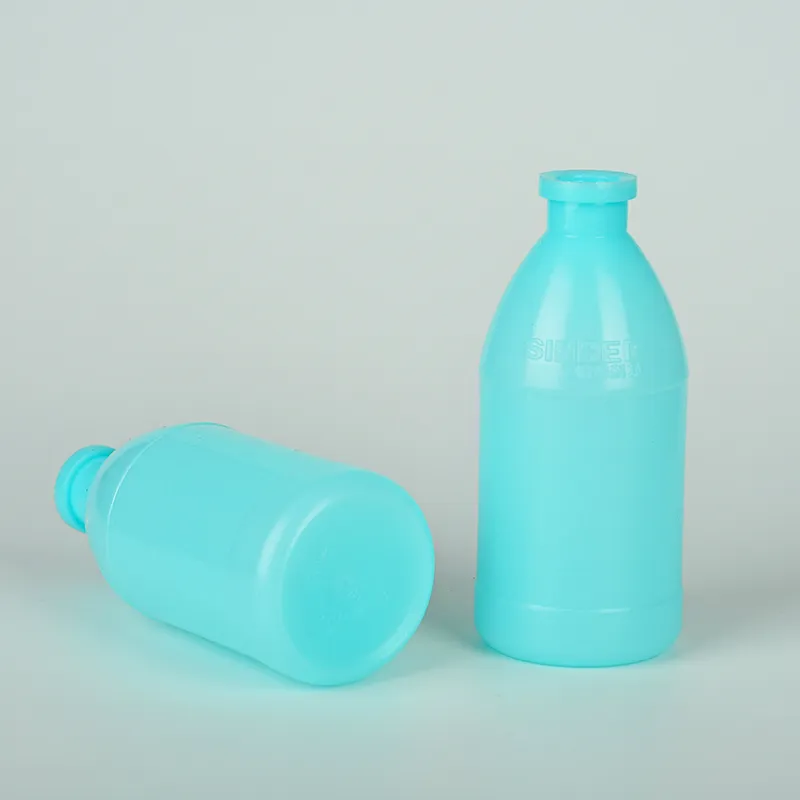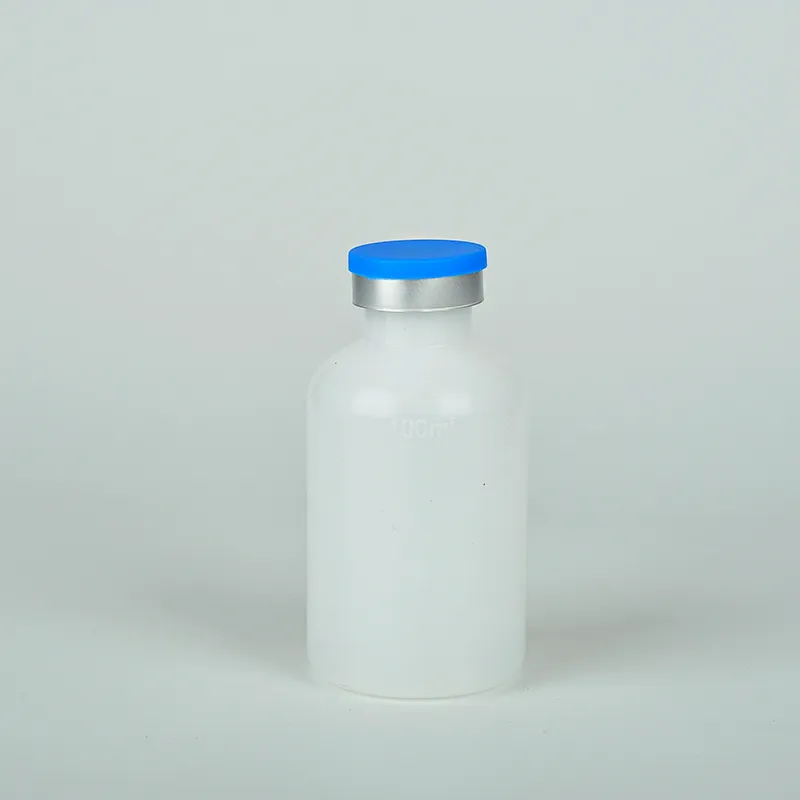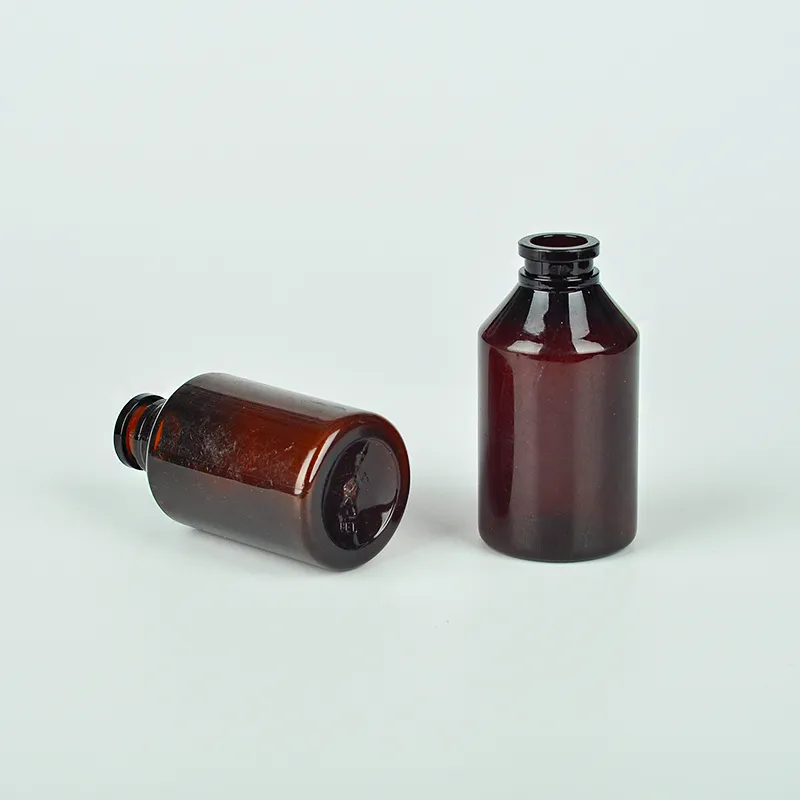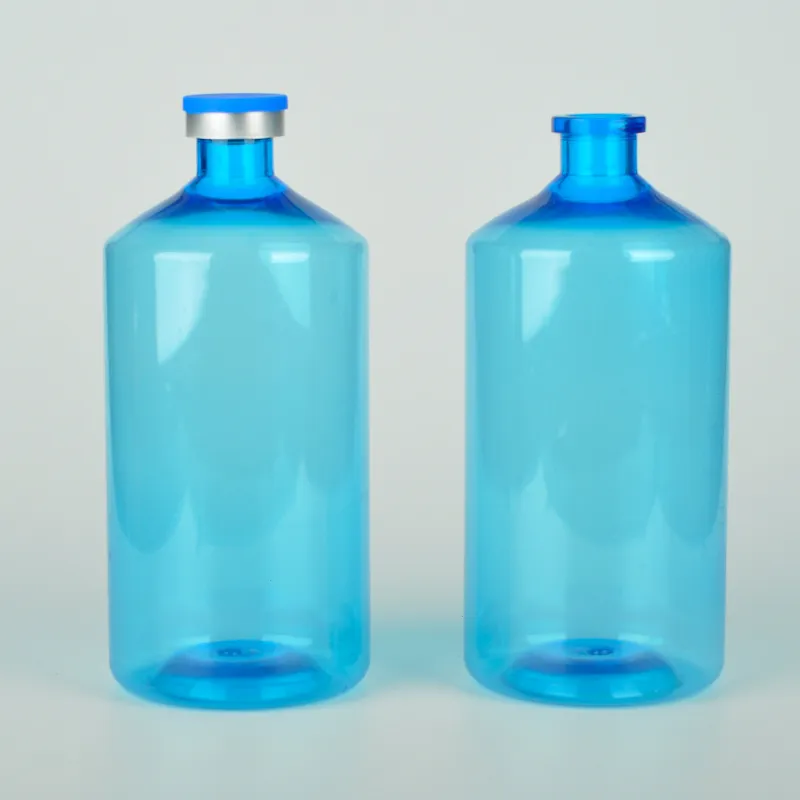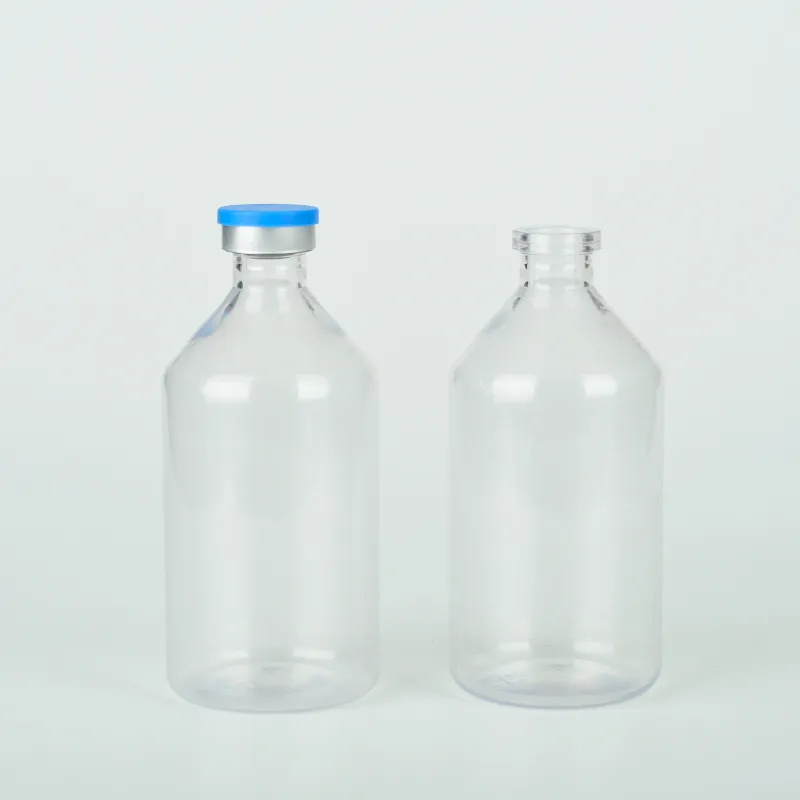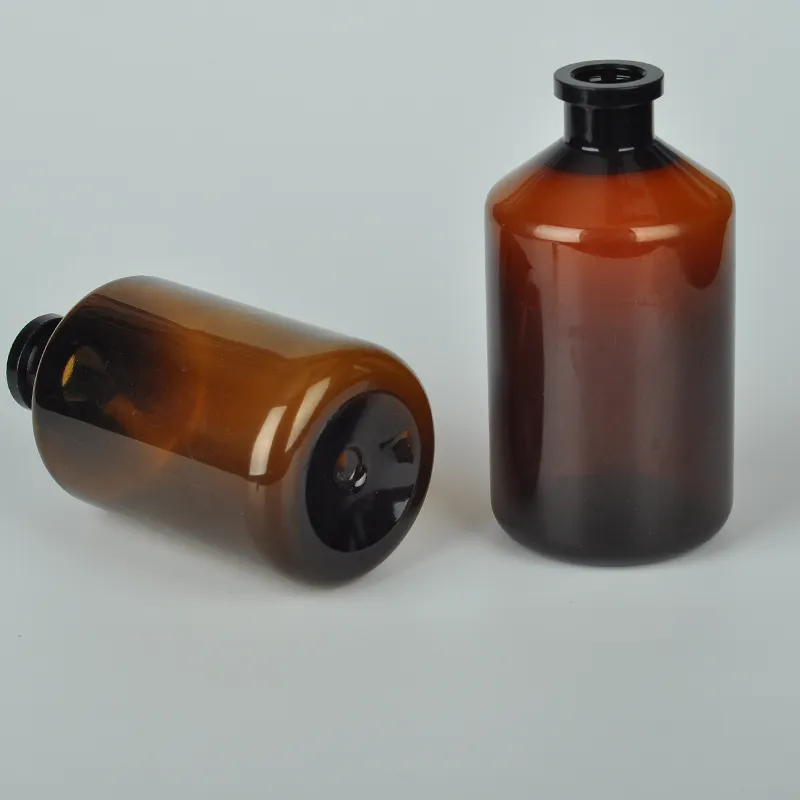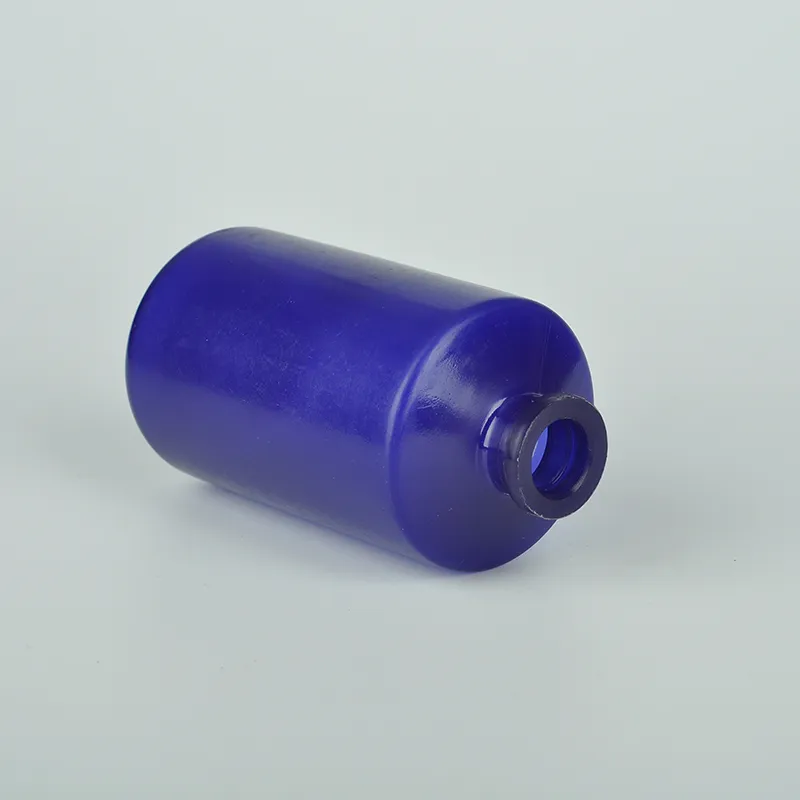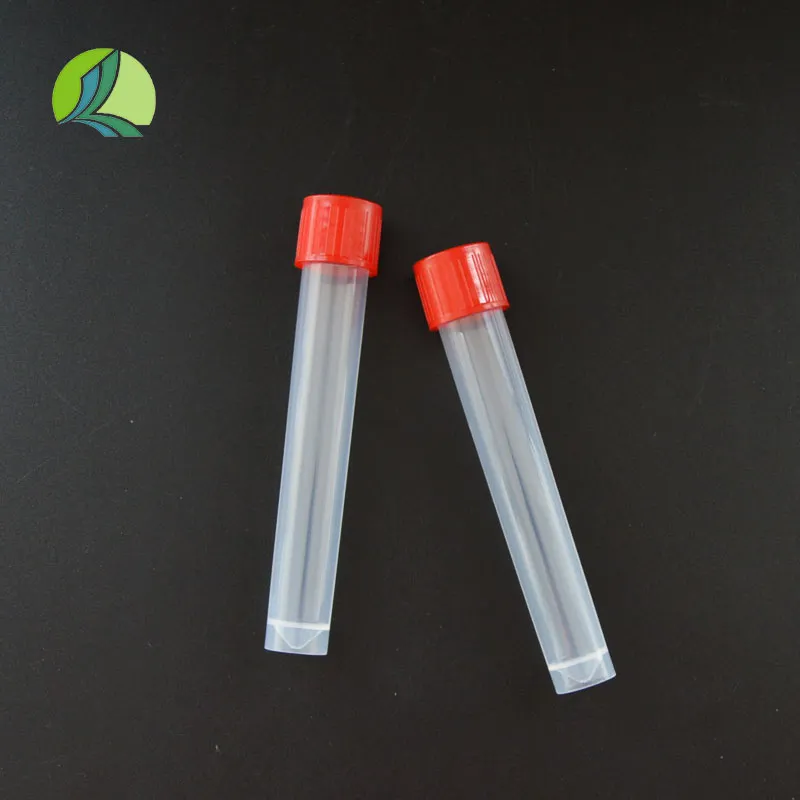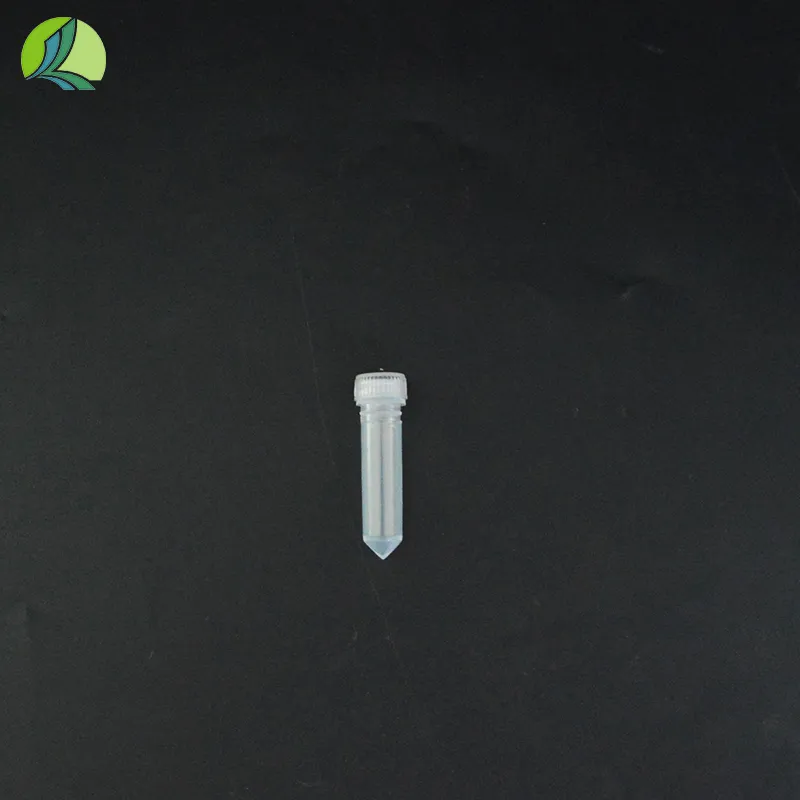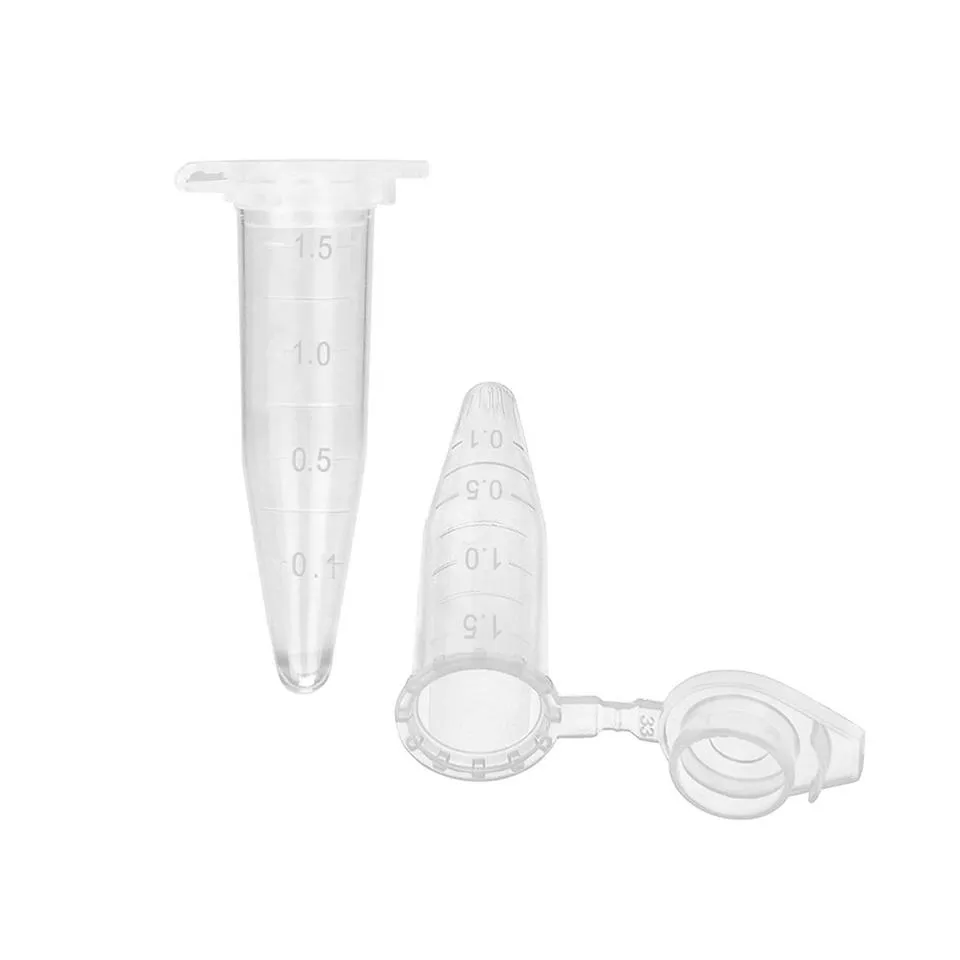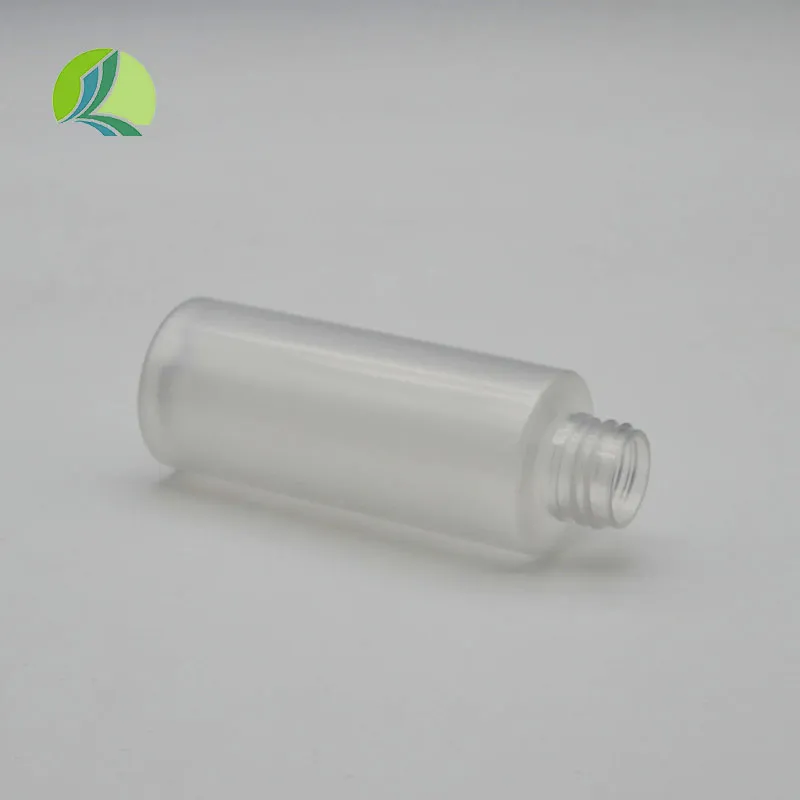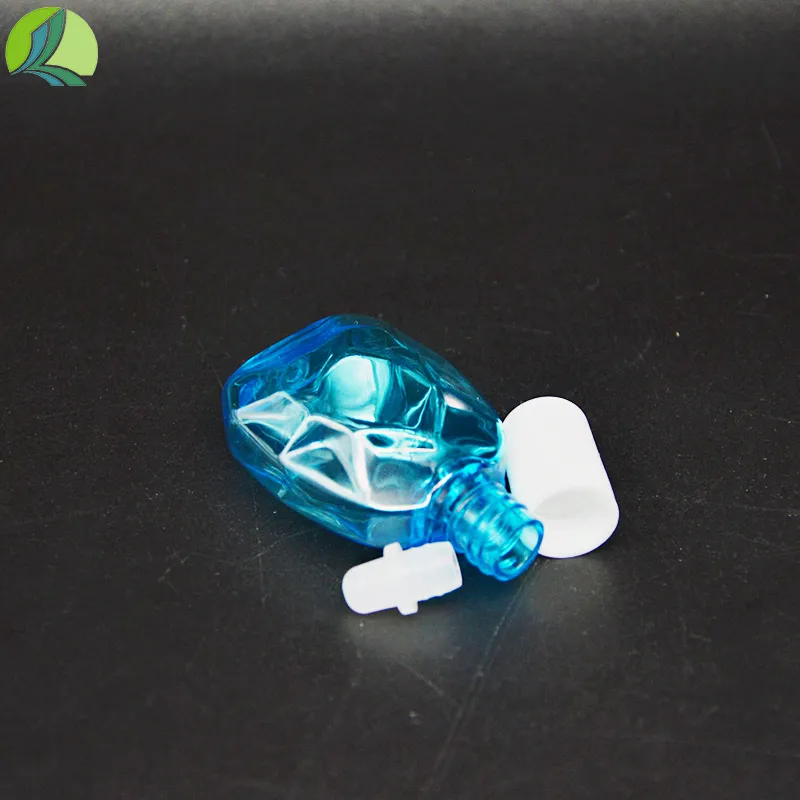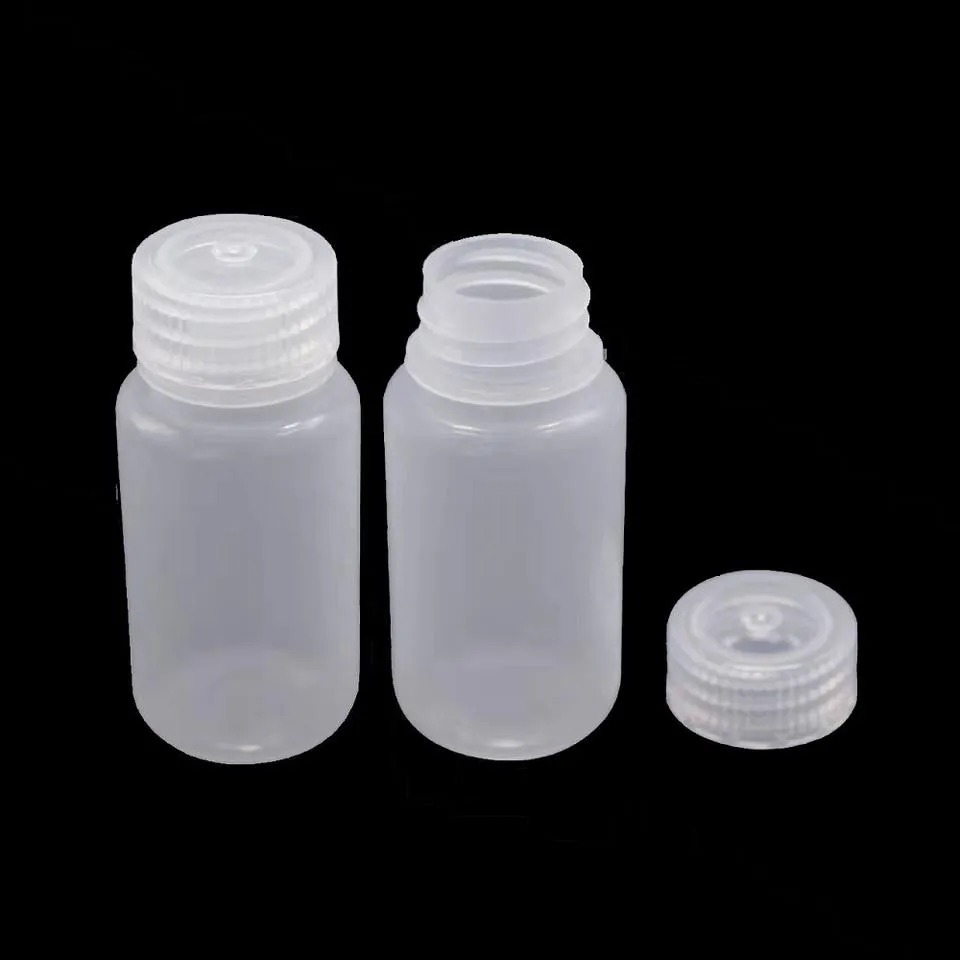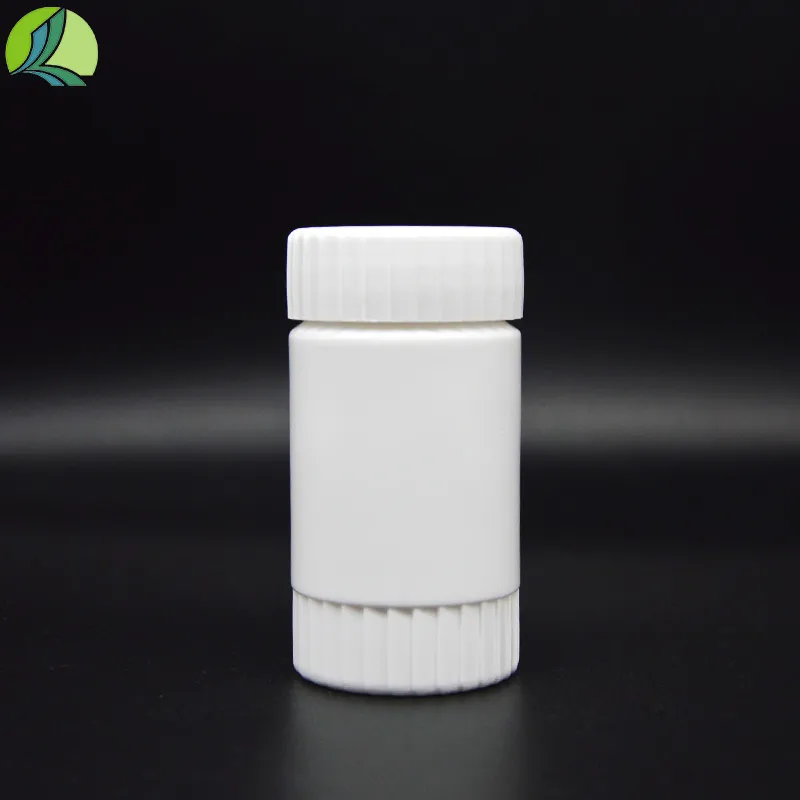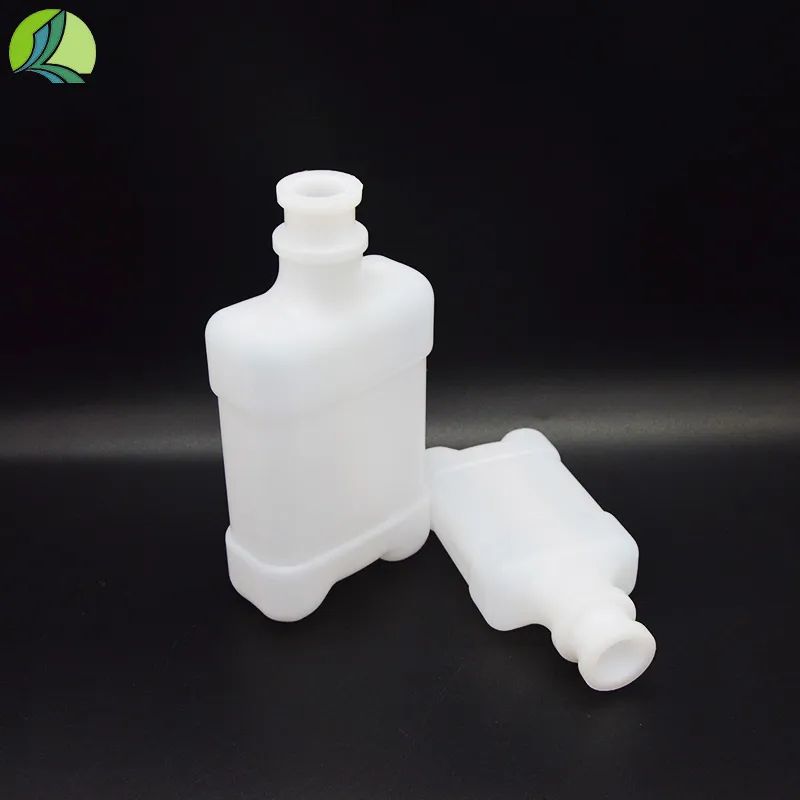
-
 Afrikaans
Afrikaans -
 Albanian
Albanian -
 Amharic
Amharic -
 Arabic
Arabic -
 Armenian
Armenian -
 Azerbaijani
Azerbaijani -
 Basque
Basque -
 Belarusian
Belarusian -
 Bengali
Bengali -
 Bosnian
Bosnian -
 Bulgarian
Bulgarian -
 Catalan
Catalan -
 Cebuano
Cebuano -
 Corsican
Corsican -
 Croatian
Croatian -
 Czech
Czech -
 Danish
Danish -
 Dutch
Dutch -
 English
English -
 Esperanto
Esperanto -
 Estonian
Estonian -
 Finnish
Finnish -
 French
French -
 Frisian
Frisian -
 Galician
Galician -
 Georgian
Georgian -
 German
German -
 Greek
Greek -
 Gujarati
Gujarati -
 Haitian Creole
Haitian Creole -
 hausa
hausa -
 hawaiian
hawaiian -
 Hebrew
Hebrew -
 Hindi
Hindi -
 Miao
Miao -
 Hungarian
Hungarian -
 Icelandic
Icelandic -
 igbo
igbo -
 Indonesian
Indonesian -
 irish
irish -
 Italian
Italian -
 Japanese
Japanese -
 Javanese
Javanese -
 Kannada
Kannada -
 kazakh
kazakh -
 Khmer
Khmer -
 Rwandese
Rwandese -
 Korean
Korean -
 Kurdish
Kurdish -
 Kyrgyz
Kyrgyz -
 Lao
Lao -
 Latin
Latin -
 Latvian
Latvian -
 Lithuanian
Lithuanian -
 Luxembourgish
Luxembourgish -
 Macedonian
Macedonian -
 Malgashi
Malgashi -
 Malay
Malay -
 Malayalam
Malayalam -
 Maltese
Maltese -
 Maori
Maori -
 Marathi
Marathi -
 Mongolian
Mongolian -
 Myanmar
Myanmar -
 Nepali
Nepali -
 Norwegian
Norwegian -
 Norwegian
Norwegian -
 Occitan
Occitan -
 Pashto
Pashto -
 Persian
Persian -
 Polish
Polish -
 Portuguese
Portuguese -
 Punjabi
Punjabi -
 Romanian
Romanian -
 Russian
Russian -
 Samoan
Samoan -
 Scottish Gaelic
Scottish Gaelic -
 Serbian
Serbian -
 Sesotho
Sesotho -
 Shona
Shona -
 Sindhi
Sindhi -
 Sinhala
Sinhala -
 Slovak
Slovak -
 Slovenian
Slovenian -
 Somali
Somali -
 Spanish
Spanish -
 Sundanese
Sundanese -
 Swahili
Swahili -
 Swedish
Swedish -
 Tagalog
Tagalog -
 Tajik
Tajik -
 Tamil
Tamil -
 Tatar
Tatar -
 Telugu
Telugu -
 Thai
Thai -
 Turkish
Turkish -
 Turkmen
Turkmen -
 Ukrainian
Ukrainian -
 Urdu
Urdu -
 Uighur
Uighur -
 Uzbek
Uzbek -
 Vietnamese
Vietnamese -
 Welsh
Welsh -
 Bantu
Bantu -
 Yiddish
Yiddish -
 Yoruba
Yoruba -
 Zulu
Zulu
Exploring the Versatility of Centrifuge Tubes in Laboratory Applications
In scientific research and laboratory settings, centrifuge tubes are indispensable tools for separating, storing, and processing samples. Various specifications and designs cater to different experimental needs, ensuring efficiency and accuracy. This overview delves into specific types of centrifuge tubes, including 100 ml centrifuge tubes plastic, 85 ml centrifuge tubes, 15 ml round bottom centrifuge tubes, 100ml centrifuge tubes, and 100 ml centrifuge, highlighting their features, applications, and considerations for use.

100 ml Centrifuge Tubes Plastic: Durability for Moderate - Scale Samples
In biological research, where sample volume and integrity are critical, 100 ml centrifuge tubes plastic offer a reliable solution for processing moderate to large - scale samples. These tubes, often made from high - quality polypropylene, resist chemical corrosion and high speeds, making them suitable for centrifugation in molecular biology experiments, such as protein precipitation or cell culture harvesting. The plastic construction also ensures clarity for easy sample visualization and compatibility with automated liquid handling systems. Laboratories frequently use 100 ml centrifuge tubes plastic when working with tissue homogenates or large - volume cell lysates, as their robust design minimizes the risk of breakage during high - speed rotation.
85 ml Centrifuge Tubes: Balancing Capacity and Space Efficiency
For applications that require a balance between sample volume and storage convenience, 85 ml centrifuge tubes are a practical choice. These tubes fit standard centrifuge rotors designed for medium - sized samples, making them ideal for experiments that involve repeated centrifugation steps, such as DNA/RNA extraction or density gradient separations. Their ergonomic design allows for easy handling, while the secure lids prevent leakage during high - g forces. In clinical laboratories, 85 ml centrifuge tubes are often used for processing blood samples or urine specimens, where precise volume measurement and contamination prevention are essential.
15 ml Round Bottom Centrifuge Tubes: Precision for Small - Scale Experiments
In microscale research and delicate sample handling, 15 ml round bottom centrifuge tubes excel due to their design and capacity. The round bottom facilitates efficient pellet collection after centrifugation, as sediments gather at the tip, simplifying sample resuspension or removal. These tubes are commonly used in PCR reactions, cell culturing with limited cell numbers, or biochemical assays requiring small volumes. Their compatibility with most benchtop centrifuges and secure snap - on lids make them a staple in molecular biology and biochemistry labs, where precision and sample preservation are paramount.
100ml Centrifuge Tubes: Standardized Solutions for Routine Procedures
100ml centrifuge tubes serve as a versatile workhorse in laboratories conducting routine centrifugation tasks. Whether used in industrial quality control, academic research, or diagnostic testing, these tubes accommodate standard protocols that involve moderate sample processing. Their wide opening allows for easy pipetting and sample transfer, while the graduated markings enable accurate volume measurement. In microbiology, 100ml centrifuge tubes are frequently used for culturing bacteria or yeast in liquid media, as their size supports both growth and subsequent centrifugation for cell pellet collection.
100 ml Centrifuge: Optimizing Performance with Compatible Tubes
The term 100 ml centrifuge refers to equipment designed to handle tubes of this volume, emphasizing the importance of tube - centrifuge compatibility. When using a 100 ml centrifuge, selecting tubes that match the rotor specifications ensures balanced loading and safe operation. High - speed centrifuges paired with appropriately rated 100 ml centrifuge tubes (plastic or glass) can achieve optimal separation efficiency, whether for industrial wastewater treatment or academic research on macromolecule separation. Proper tube selection for a 100 ml centrifuge is critical to prevent accidents and ensure reliable experimental results.
Key Considerations for Centrifuge Tube Usage
Material Selection Based on Applications
Choosing the right material for centrifuge tubes—such as polypropylene, polystyrene, or glass—depends on factors like chemical resistance, temperature tolerance, and sample type. For example, 100 ml centrifuge tubes plastic are ideal for most biological samples, while glass tubes may be preferred for organic solvents that could degrade plastic.
Matching Tube to Centrifuge Rotors
Ensuring that 85 ml centrifuge tubes or 15 ml round bottom centrifuge tubes fit securely in the centrifuge rotor prevents imbalance and equipment damage. Always check the manufacturer’s guidelines for compatible tube sizes and maximum rotor speed ratings.
Sterilization and Contamination Control
In sterile environments, such as cell culture labs, sterilizing centrifuge tubes via autoclaving (for plastic types) or dry heat (for glass) is essential. Pre - sterilized 100ml centrifuge tubes are available for applications where contamination risk must be minimized.
Leakage Prevention with Secure Closures
Tubes with o - ring seals or locking lids, like many 100 ml centrifuge tubes plastic, offer superior leakage protection during high - speed centrifugation, crucial for handling hazardous or valuable samples.
Disposal and Recycling Practices
Properly disposing of or recycling centrifuge tubes, especially those used with biohazardous materials, follows laboratory safety protocols. Single - use plastic tubes like 15 ml round bottom centrifuge tubes can often be recycled if uncontaminated, reducing environmental impact.
-
Why Are 50 mL Polypropylene Conical Tubes a Staple in Laboratories?NewsAug.18,2025
-
What Are Laboratory Centrifuge Tubes and Their Core Functions?NewsAug.18,2025
-
Solutions for Laboratory Separation: Diverse Centrifuge Tubes ExploredNewsAug.18,2025
-
Functional Solutions for Laboratory Separation: Centrifuge Tubes of Various CapacitiesNewsAug.18,2025
-
Essential Tools in Laboratory and Industrial Settings: Polypropylene Tubes and Their VariantsNewsAug.18,2025



